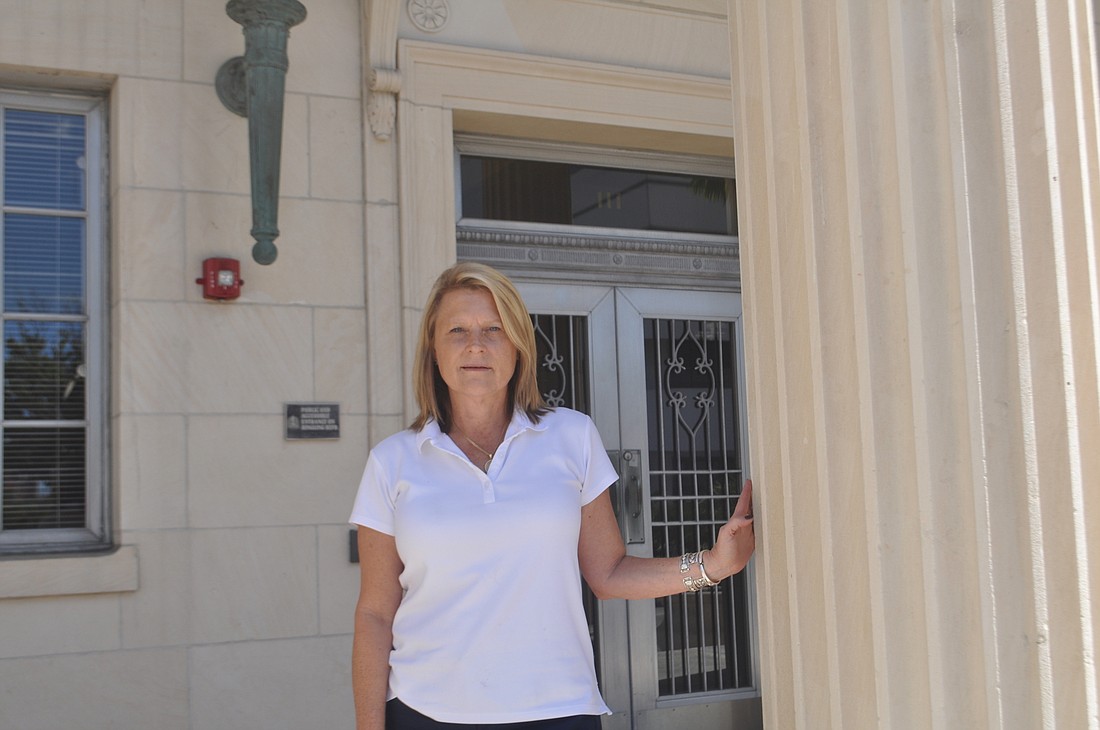- April 24, 2024
-
-
Loading

Loading

In June 2013, the city hired a pair of consultants to conduct a two-and-a-half year effort to write a new set of citywide zoning regulations.
Three-and-a-half years later, Urban Design Studio Director Karin Murphy is still working on writing that form-based code. She has a new partner, Senior Planning Technician Briana Dobbs, to help finalize the eight-chapter zoning document.
In October, Murphy shared a rough draft of the code with city staff. The draft outlines the planners’ strategy for creating a more urban environment in Sarasota while creating better predictability for residents and developers. But she said it’ll probably be another year before hearings begin on adopting a final version of the new regulations.
After years of workshops with residents — and with an exhaustive formal public-review process awaiting once the code is finished — the Urban Design Studio has spent January meeting with members of neighborhoods throughout the city. It’s another opportunity for Murphy to share her vision and for residents to tell her what aspects they do and don’t like.
“There’s only two of us and 55,000 of them,” Murphy said. “We had to get a good structure going to get feedback.”
She’s aware of the trepidation surrounding the new code. The resident activist group STOP! is working to prevent the expansion of the administrative-approval process, which allows the city staff to evaluate whether a proposed development satisfies the applicable regulations. Individual neighborhoods are worried about significant changes to the fabric of their area.
Murphy is intent on tailoring the code to the specific predilections of city residents. There’s a point at which she’ll tell people their desires are not in line with the principles of New Urbanist planning, but she’s trying to reach that point as infrequently as possible.
“My ultimate goal with them always is to build consensus,” she said. “If we don’t build consensus, the code won’t be adopted.”
“If we don’t build consensus, the code won’t be adopted.” — Karin Murphy
That approach is producing an unusually narrowly focused form-based code. The second article of the zoning code, for example, contains an index of specific regulations that apply to individual neighborhoods. This is a finer-grain approach than traditional form-based codes, which apply more general zoning subcategories to several areas throughout a city.
“We’re finding it’s being extremely helpful,” Murphy said. “It functions the way they want to, but it’s been redone into a form-based style.”
Jane Nutter Johnson, president of the Indian Beach/Sapphire Shores Association, had a positive reaction to her meeting last week with the Urban Design Studio. She said her neighborhood might be less complicated than others, because it’s already largely built out, but she doesn’t fear the area will be negatively affected by the changes.
“I don’t think the new code is going to be that different for us,” Johnson said.
As she works to accommodate a city wary of New Urbanist hallmarks, such as increased density and shallow building setbacks, is Murphy concerned about veering too far away from her planning principles?
Right now, the answer is no. She said the new code positions the city to take steps toward a better urban environment at its own pace.
In other words, it maintains fundamental aspects of what residents like now while weaving in the fabric that will allow the city to evolve in the future.
“I’m very comfortable that we’ve got the heart of all that great urbanism,” she said.
Working with a detailed map of all the lots in the city, Murphy and Dobbs are continually refining their plan to create a more cohesive Sarasota — with natural transitions between neighborhoods with different characters.
The code will never be perfect. Murphy said city staff should remain vigilant in reviewing the code once the document is officially adopted to ensure any problems that arise are addressed promptly.
Still, Murphy hopes the community groundwork being laid now will lead to widespread buy-in when the code is finally ready for public hearings — even if that’s not until 2018.
“At the end of the day, I want people to say, ‘Yeah, they listened, we all worked together, and it’s a better product for it.’” Murphy said.